Owing to its abundance and plasticity it is also the most ancient medium. As per the Hindu mythology, Brahma, the creator has been envisioned as Prajapati, a potter and the term ‘ghat’ – a pot is often used to denote human being which points to the centrality of the art of pottery in Indian culture.
In the Indian subcontinent, as early as Mesolithic and Neolithic age, pottery using various techniques has been excavated. The refinement and vogue pottery gained in the course of time can be gauged from the fact that in archaeological terminology, the modern age is also referred to as the Ceramic age. The word Ceramics as used by the archaeologists, historians and ethnologists usually means – fired clay objects. It includes all the three categories viz, earthenware, stoneware and porcelain. Following this definition of ceramics, its history in our country will go back to prehistoric times as mentioned earlier. A great variety of pots, seals, figurine, ornaments, great baths, drains, roads paved with fired bricks are the defining features of Harappan sites (2500BC). From exquisite murals and plaques of Sung period (2nd BC) to entire terracotta temples in W. Bengal (17th AD) to the present times there is an unbroken legacy of traditional terracotta across the length and breadth of India.
However, the tradition of glazed ceramics does not go that far. Places like Chunar near Benaras, Khurja near Delhi and Jaipur known for glazed wares trace their link to the artisan’s coming with the Arab, Pathan invaders from Persia and Multan and other Middle East countries. These artisan families stayed back and hence these centers continued in some form or the other.
With a view to industrialization, the colonial government introduced ceramics in some engineering colleges. D.C.Majumdar established the first modern ceramic unit of fine glazed earthenware in 1858 at Gwalior. Several commercial units of roof tiles, pipes, and sanitary ware started simultaneously in Gujrat, Karnataka, Bengal etc. This lead to some technical advancement but, did not help the cause of the artisans or the arts and crafts movement.
The vision and key role played by Kala Bhavan and Sriniketan at Santiniketan set up by Ravindranath Tagore (1922) and Sevagram by Mahatma Gandhi in the subsequent development of art’s and craft’s and ceramics in India is enormous and needs to be underlined. Tagore clearly saw that economic and social well being of the country rested not only on farming but equally on artisans. Unlike Europe, here, multitudes of craft practices were still alive. All it needed was a fresh, modern approach and with this in mind he started Sriniketan. Devi Prasad, K G Subrahmaniam, Nirmala Patvardhan, Ira Chaudhuri, Kripal Singh Shekhavat were all graduates of Shantiniketan.
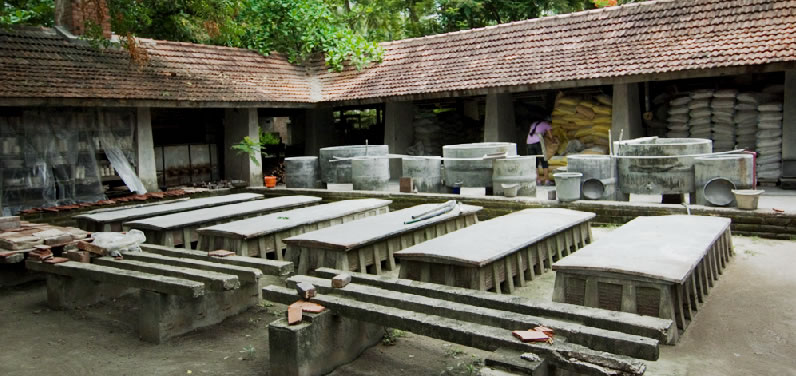
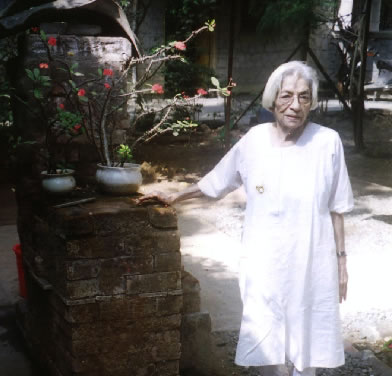
Devi Prasad came to Sevagram in 1944 and was later joined by S K Mirmira( who will later head Bhadravati pottery). Kalindi Jena ( who later headed the ceramics department at BHU) Dashrath Patel (who started the ceramics department of NID), B R Pandit and Haku Shah also associated with Sevagram and carried forward the Gandhian ideal of Nai Taleem, an education aimed at skilling, all round development and self reliance.
The role of art colleges initially set up at Madras, Bombay, Kolkata, Baroda and later at many other places is also important. However, here also the teachers usually came from Shantiniketan or from Gandhian background. Himmat Shah, Jyotsna Bhatt, P.R.Daroz, K P Soman to name just a few, were graduates from these art colleges. Interestingly, most of the pioneer ceramists were trained as painters and only later developed a passion for ceramics.
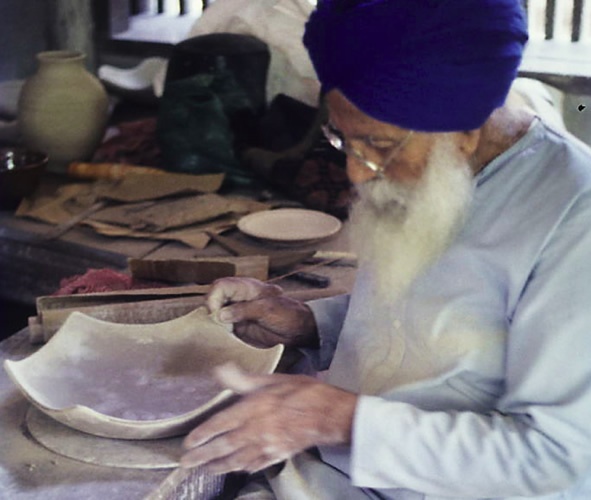
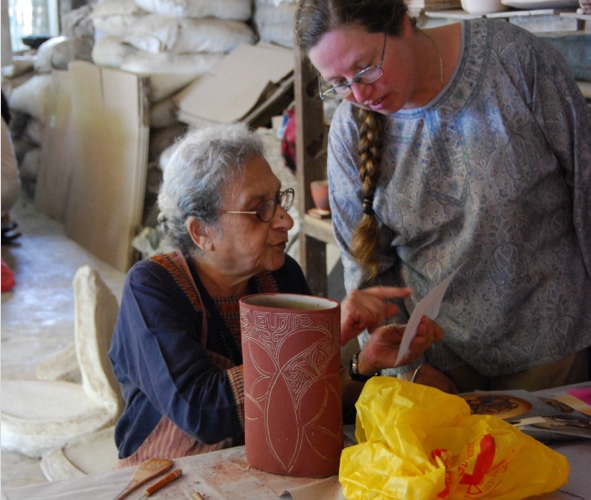
Sardar Gurcharan Singh early exposure to both traditional, industrial ceramics of the country on the one hand and to Studio or Art pottery in Japan, Korea, where he had actually gone to study commercial ceramics was very auspicious for the advent of Indian Studio Pottery movement. With the help of Abdullah, a descendant of Pathan potters who had come to India in the 13th centuary, who taught him the secret of the blue glaze Sardar Gurcharan Singh set up Delhi Blue Art Pottery in 1952. Besides producing a beautiful range of handmade glazed stoneware pottery, it also gave training to whoever was interested in pursuing the art of pottery and thus lead to its popularization in India. Later, his son Mansimran Singh and his wife Mary started the Andretta Pottery and Craft society in 1985.
Deborah Smith and Ray Meekar, American artists in 1971 built the Golden Bridge Pottery at Pondicherry. Deborah was drawn to the philosophies of the east and came to Aurobindo Ashram where she was asked by Mother to start a pottery. Once the pottery was established Ray engaged in experiment for building fire stabilized mud housing. Later in1983 they started teaching and since, have nurtured a lot of young experimental ceramists.
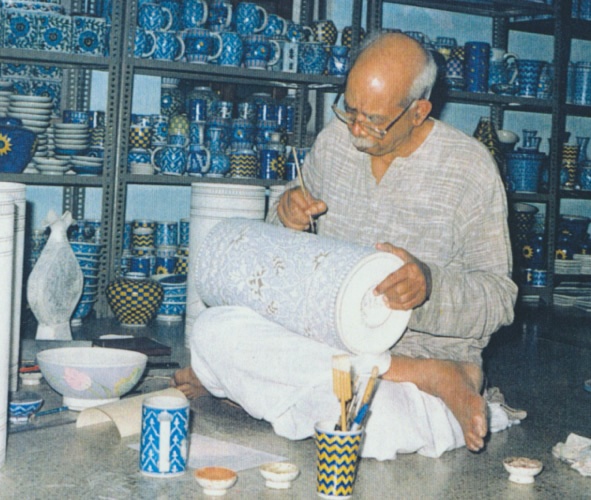
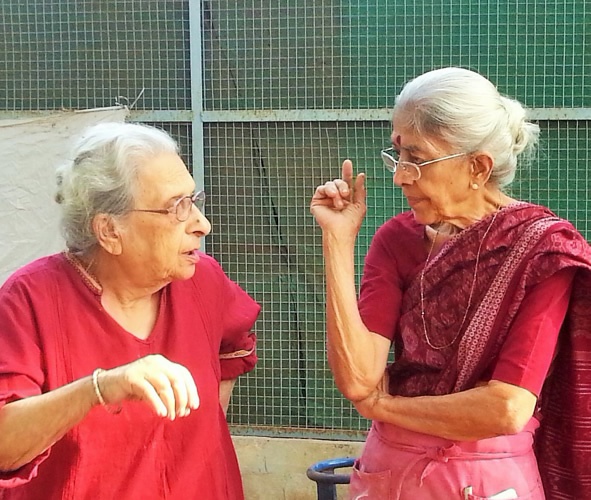
After K.Jena joined Benaras Hindu University, its pottery department became very active. With its emphasis on traditional form and Japanese brush work, this centre produced a large number of very skilled ceramists.
In Mumbai, Premula Pandit, Vimoo Sanghvi, Ralli and Perin Jacob (Alibagh) and B R Pandit were working individually from their studios. In Delhi Nirmala Patvardhan, Gauri Khosla, Ira Chaudhuri, PR Daroz and others were working at Garhi studios of Lalit kala akademi.
In the early eighties, Bharat Bhavan, a multi arts complex in Bhopal invited PR Daroz to set up a ceramics studio. This institution with its fabulous collection of folk and tribal as well as modern Indian arts played a seminal role in rethinking and instilling a sensibility of form and contour in the new generation of ceramists.
It is interesting to note that Sardar Gurcharan Singh, Devi Prasad, Kalindi Jena, Nirmala Pandit, Deborah Smith were all greatly influenced by Japanese pottery on the one hand and by Bernard Leach, the British Potter. Bernard Leach was himself greatly influenced by the ideas of Coomaraswamy, Gandhi and Tagore so much so that he had met all three of them personally.
All the above centers of ceramics have contributed greatly and lead to the development of the vibrant contemporary scenario of Indian ceramics. With globalization, open market and internet revolution knowledge, technology and materials are now available at door step. But, in those days when the above pioneers were laying the foundation for glazed high temperature ceramics in India, nothing was available and it is their spirit of experimentation and ingenuity which has paved way for the present robust culture of ceramics in the country .